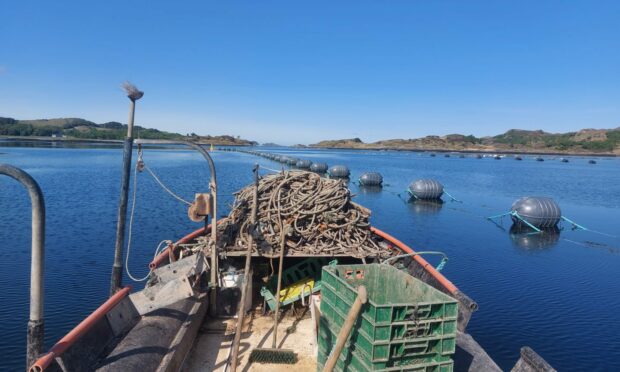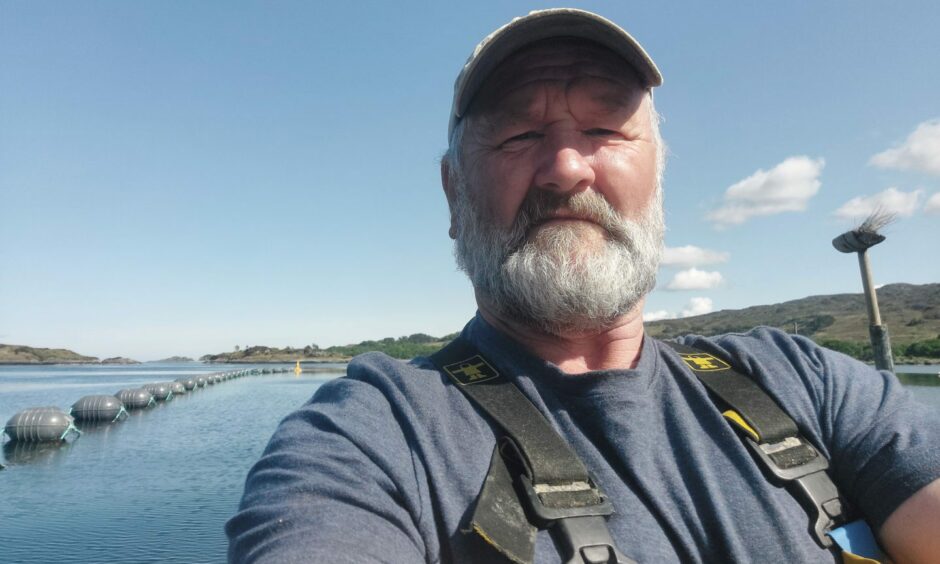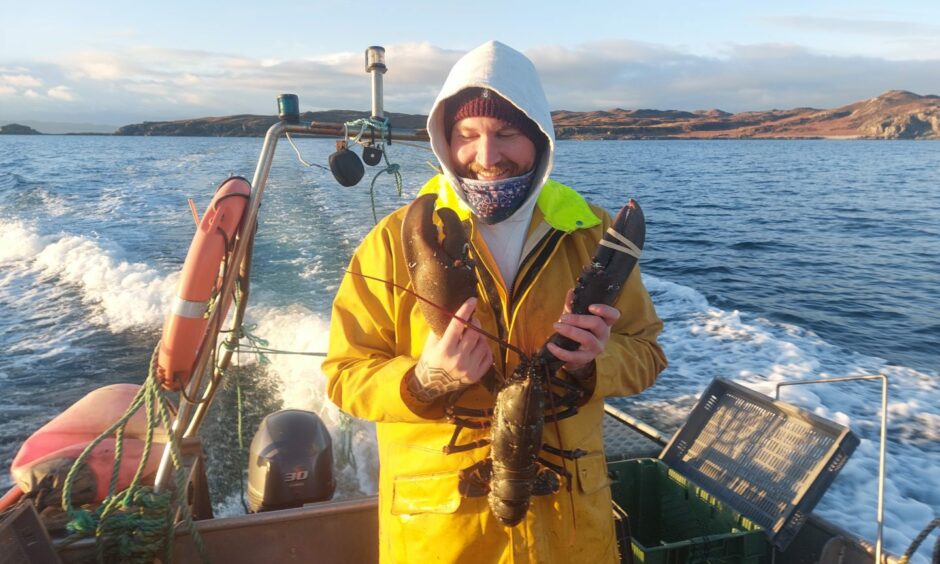Fishermen from Skye and Lochaber are voicing their concerns that the HPMAs would hurt what remains of a culture and way of life.
Although there is support for the proposed ban among environmentalists, those in the fishing industry still have concerns.
Highly Protected Marine Areas (HPMAs) refer to areas of the sea which are protected to allow the ‘full recovery of marine ecosystems‘.
The Scottish Government pledge to have the ban introduced in at least 10% of Scotland’s seas by 2026.
Whilst the proposal is clear in its aims to protect Scotland’s waters, some argue there is a question it does not address.
If the proposed HPMAs are implemented, what will remain of the west coast’s culture?
Will generations of knowledge be lost?
Ian MacKinnon started working as a fisherman in 1985, before also becoming a mussel farmer in 1995. He works in the Sound of Arisaig and Loch Ailort.
Ian maintains that marine knowledge is at sea with those who work the waters, not in offices. He says: “There are creel-men up and around Mallaig. The knowledge and understanding they have that’s been passed through generations is incredible.”
Despite almost four decades in the industry, Ian says those behind the HMPAs have never spoken to him – or any other fishermen he knows.
He and his wife have seven sons, all of whom have worked for him at some stage.
“They ignore the knowledge we’ve accumulated from generations,” he says.
‘Homes and incomes could be affected’
“They treat fishermen with contempt, but it is us who are out there every day.”
Ally MacDonald is a third-generation fisherman who works alongside his father out of Staffin, Skye.
Today, he is 30 years old and has worked in the industry for almost half his life.
Ally is concerned the HPMAs will hit rural communities hardest, as they are already going through population and employment issues.
He says: “Many families on the west coast are tied in some way to the economical viability of our sea or seafood industry.”
“Whether that be tourism, fishing trips, sea and wildlife tours, watersports or restaurants selling locally caught seafood.”
“It is scary to think how many homes and incomes could be affected.”
What will become of Gaelic?
Magnus Course is a Senior Lecturer in Social Anthropology. For five years, he researched the cultural and linguistic values of fishing in the Outer Hebrides.
In 2021, he published his findings which revealed the relationship between Gaelic and the fishing industry.
Although only half the Outer Hebrides speak Gaelic, Magnus found that the percentage of fishermen who spoke the language was significantly higher – an estimated 75%.
This is the highest for any economic sector in Scotland.
Magnus also found that fishing livelihoods play “a crucial role in introducing young people to Gaelic-speaking environments”.
As one of the few remaining Gaelic environments today, fishing is a rare space where young people can converse in the language freely.
Bord Na Gaidhlig fears an ‘irreversible negative effect’
Bord Na Gaidhlig have also shared that they are “seriously concerned” about the effect of HPMAs on Gaelic speakers.
They fear a significant employment loss in Gaelic speaking areas, with these communities being ‘tradition bearers’ for the language.
“Their loss would have irreversible negative effect on the indigenous culture which has
survived for hundreds of years.”
Ally MacDonald is one of many fishermen who use Gaelic at work on a daily basis.
He believes many Gaelic-speakers would have to relocate and find new employment if HPMAs are brought to the area.
“It is unlikely I would find other employment that would suit me, on the island, where I could continue to speak in my first language while working.”
“It is part of our culture and helps keep our rural communities alive.”



Conversation